Name Bobbi Gibb | ||
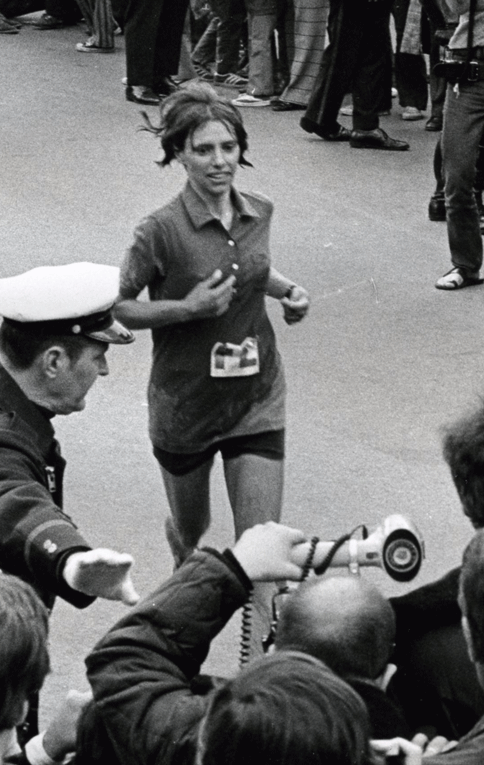 | ||
Books Wind in the Fire: A Personal Journey Similar Kathrine Switzer, Jacqueline Gareau, Miki Gorman | ||
Part 1 where the spirit leads bobbi gibb first woman to run the boston marathon
Roberta Louise "Bobbi" Gibb (born November 2, 1942 in Cambridge, Massachusetts) is the first woman to have run the entire Boston Marathon (1966). She is recognized by the Boston Athletic Association as the pre-sanctioned era women’s winner in 1966, 1967, and 1968. At the Boston Marathon, the pre-sanctioned era comprised the years from 1966 through 1971, when women, who were banned from entering because of their gender, ran and finished the race unofficially. In 1996 the B.A.A. retroactively recognized as champions the unofficial women's leaders of 1966–71.
Contents
- Part 1 where the spirit leads bobbi gibb first woman to run the boston marathon
- Part 3 Where the Spirit Leads Bobbi Gibb First Woman to Run the Boston Marathon
- Early life
- Boston Marathon
- Education and career history
- References

Gibb’s run in 1966 challenged prevalent prejudices and misconceptions about women's athletic capabilities. In 1967, the second year of the later-to-be-recognized women's division at Boston, she finished nearly an hour ahead of the other female competitor, Kathrine Switzer. In 1968 Gibb finished first in a field of five women. It was not until late 1971, pursuant to a petition to the Amateur Athletic Union by Nina Kuscsik, that the AAU changed its rules and began to sanction women's division marathons. Kuscsik won the initial AAU-sanctioned women's division race at Boston in 1972.
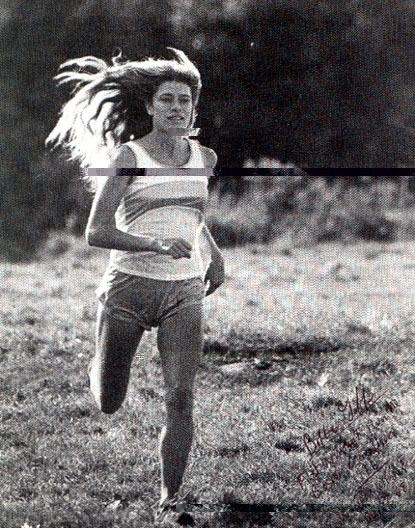
Part 3. Where the Spirit Leads: Bobbi Gibb, First Woman to Run the Boston Marathon
Early life
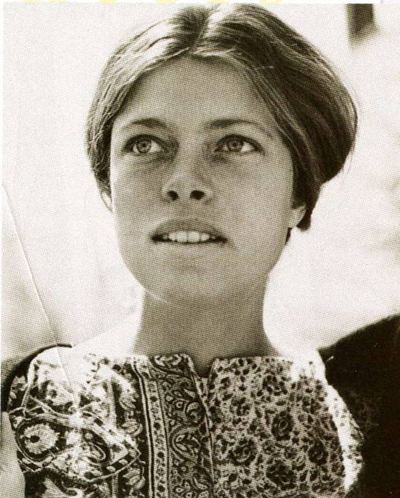
Bobbi Gibb grew up in the suburbs of Boston, Massachusetts during the 1940s and 1950s. She studied at the Boston Museum of Fine Arts and Tufts University School of Special Studies. Her father was a professor of chemistry at Tufts. She was already running through the woods with the neighborhood dogs when, in 1962, she met a distance runner at Tufts named William Bingay, who would later become a sailor and her first husband. They married on February 5, 1966, in California. Her running included daily commuting of the eight miles to school. She ran in white leather Red Cross nurses' shoes because there were no running shoes available for women at the time.
Boston Marathon
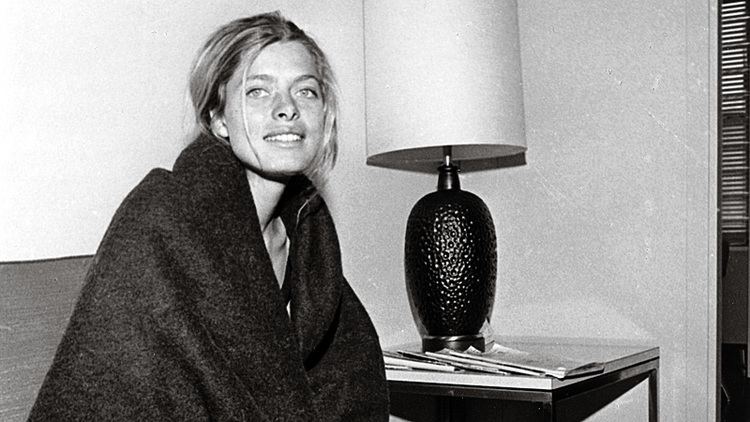
Before 1966, the longest Amateur Athletic Union (AAU)-sanctioned race for women was one and a half miles. Until 1972, when the first women's division marathon opened, the Boston Marathon was a men’s division race, so all the pioneer women who ran before 1972 were, under the AAU rules, unsanctioned runners, running in an as yet to be sanctioned women’s division race.
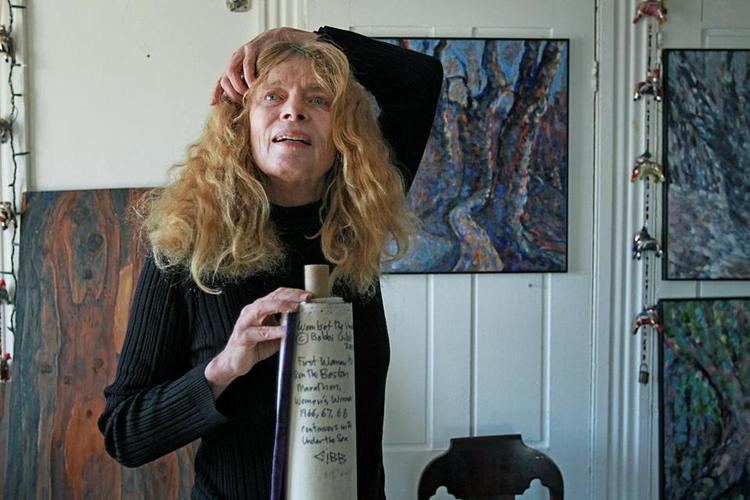
Gibb trained for two years to run the Boston Marathon, covering as much as 40 miles in one day. On writing for an application in February 1966, she received a letter from the race director, Will Cloney, informing her that women were not physiologically capable of running marathon distances and that under the rules that governed amateur sports set out by the AAU, women were not allowed to run more than a mile and a half competitively. She realized that it was more important than ever to run and that her run would have a social significance far beyond just her own personal challenge.
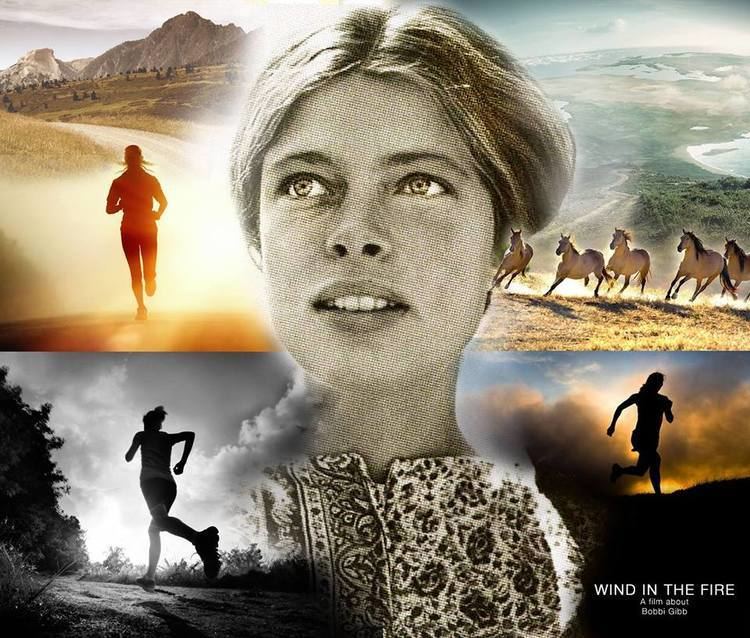
After three nights and four days on a bus from San Diego, California, Gibb arrived the day before the race at her parents' house in Winchester, Massachusetts. On the morning of Patriots' Day, April 19, 1966, her mother dropped her off at the start in Hopkinton. Wearing her brother’s Bermuda shorts and a blue hooded sweatshirt over a black, tanked-top swim suit, she hid in the bushes near the starting pen. After the starting gun fired, she waited until about half the pack had started and then jumped into the race.

The men soon realized that she was a woman. Encouraged by their friendliness and support, she removed her sweatshirt. To her delight and relief, the crowds cheered to see a woman running. The press began to report on her progress towards Boston.
Diana Chapman Walsh, later President of Wellesley College, recalled the day years later:
That was my senior year at Wellesley. As I had done every spring since I arrived on campus, I went out to cheer the runners. But there was something different about that Marathon Day—like a spark down a wire, the word spread to all of us lining the route that a woman was running the course. For a while, the "screech tunnel" fell silent. We scanned face after face in breathless anticipation until just ahead of her, through the excited crowd, a ripple of recognition shot though the lines and we cheered as we never had before. We let out a roar that day, sensing that this woman had done more than just break the gender barrier in a famous race…
By the time Gibb reached the finish line in Boston, the Governor of Massachusetts, John Volpe, was there to shake her hand. She finished in three hours, twenty-one minutes and forty seconds, ahead of two-thirds of the runners. The following morning her feat was front page news in the Record American, where the headline read: “Hub Bride First Gal to Run Marathon.” In another Record American article entitled “Roberta Gets Official Support: Females May Run Marathon,” Jack Kendall wrote:
Roberta the runner may revolutionize Boston’s fabled BAA marathon — and for that matter every other long distance run staged in the country. Even as the bunions acquired from Tuesday’s grueling 26 mile, 385 yard race were subsiding, the furor over a woman’s intrusion into what had been an all-male domain was mounting.
...
But a spokesman from the New England Amateur Athletic Union has already decided it may be a woman’s world after all.
WOULD CHANGE RULES
He plans personally to contact the organization’s national headquarters and seek consideration for suspension of the NAAU rules so that a female who wishes to compete in the marathon can do so.
In his opinion the only way the rule could be circumvented would be through suspension of the rules.
The May 2, 1966, issue of Sports Illustrated featured an article written by Gwilym S. Brown entitled “A Game Girl In A Man’s Game”:
Last week a tidy-looking and pretty 23-year-old blonde named Roberta Gibb Bingay not only started but also covered the 26-mile, 385-yard course at a clip fast enough to finish ahead of no fewer than 290 of the event’s 415 starters.
In 1967, Gibb, by then a full-time student at the University of California, San Diego, ran again. She finished in three hours, twenty-seven minutes and seventeen seconds, almost an hour ahead of the other female competitor, Kathrine Switzer, who was famously subjected to a failed attempt by an official to remove her from the race, because she ran with numbers issued through an "oversight". Gibb, who ran unnumbered, was not similarly bothered. In 1968, Gibb ran again, finishing in three hours and thirty minutes, first among a growing number of women, which included Carol Ann Pancko, Elaine Pederson, and Marjorie Fish. In 1969, 1970, and 1971, Sara Mae Berman was the women’s winner, and in 1972, Nina Kuscsik was the winner of the first officially-sanctioned women’s division event.
In 1996, at the 100th running of the Boston Marathon and the 30th anniversary of Gibb’s first run of it, the Boston Athletic Association officially recognized her three wins in 1966, 1967, and 1968 and awarded her a medal. Her name was inscribed with the names of the other winners on the Boston Marathon Memorial in Copley Square.
In 2016, Gibb was the grand marshal of that year's Boston Marathon. That year's female winner, Atsede Baysa, gave Gibb her trophy; Gibb said that she would go to Baysa’s native Ethiopia in 2017 and return it to her.
Education and career history
Gibb received her Bachelor of Science (B.S.) degree from the University of California, San Diego in 1969, fulfilling the pre-medical requirements, with a major in philosophy and a minor in mathematics. She has reported she was denied admission to medical school because of her gender. Gibb then worked with Professor Jerome Lettvin at MIT on epistemology and color vision while studying law. In 1974, Gibb entered the New England School of Law, receiving her Juris Doctor (J.D.) in 1978. She worked as a legislative aide in the Massachusetts State Legislature, studied natural systems, and pursued her interest in sculpture and painting. She was admitted to the Massachusetts Bar in 1978. While raising her family, she practiced law, specializing in real and intellectual property. She worked, for part of that time, in patent law with Jerry Cohen, Esq.
Gibb sculpted the 12-inch bronze figurines of a pony-tailed girl running that were given as trophies to Joan Benoit Samuelson, Julie Brown, and Julie Isphording, the top three women marathoners at the US Olympic trials in 1984. Samuelson has commented on her trophy, stating: "There are only three in the world. It's irreplaceable."
Gibb has written a memoir entitled Wind in the Fire: A Personal Journey. A film based on her memoir and with the same title is currently in the works. She has been included in Who’s Who of American Women, Who’s Who in America, and Who’s Who in the World. In 1982 she was inducted into the Road Runners Club of America Long Distance Running Hall of Fame, and she has been interviewed for news programs and documentaries on ABC, CBS, NBC, ESPN, and HBO. She was featured in the 1999 HBO Sports documentary "Dare to Compete: The Struggle of Women in Sports" and in 2000, produced a documentary about her art and running titled "Where the Spirit Leads." Gibb was honored with the 2009 Tufts University Athletics Distinguished Achievement Award and was inducted into The Sports Museum of New England Hall of Fame in 2011. During The Sports Museum's 10th Annual "The Tradition" event on June 28, 2011, she received a Special Achievement Award, which was presented by Joan Benoit Samuelson. She pursues a career in art and writes on a wide range of topics including economics, spirituality, the nature of natural systems, and the phenomenon of subjective experience. Recently she joined the Cecil B. Day Neuromuscular Laboratory as an associate working to find the causes of and cures for neurodegenerative diseases, specifically amyotrophic lateral sclerosis. She divides her time between San Diego and Boston.
